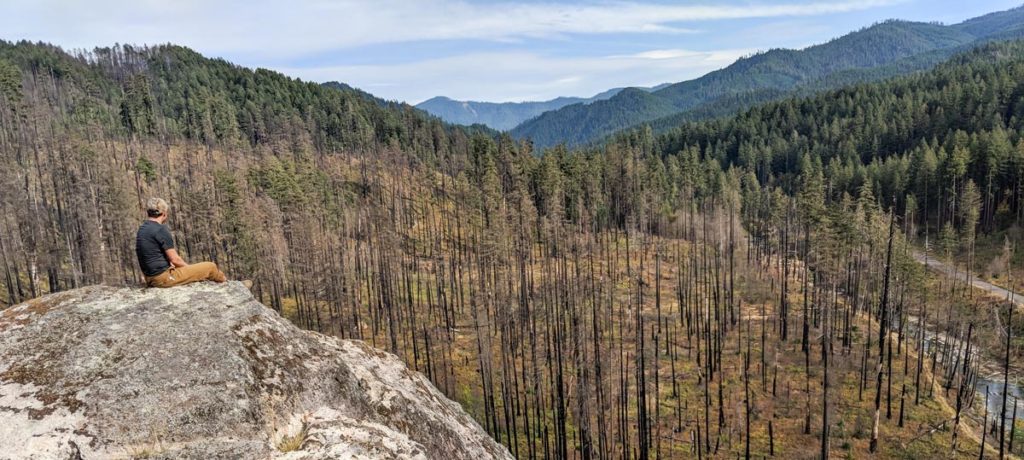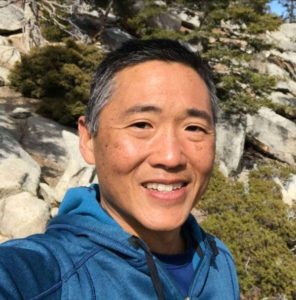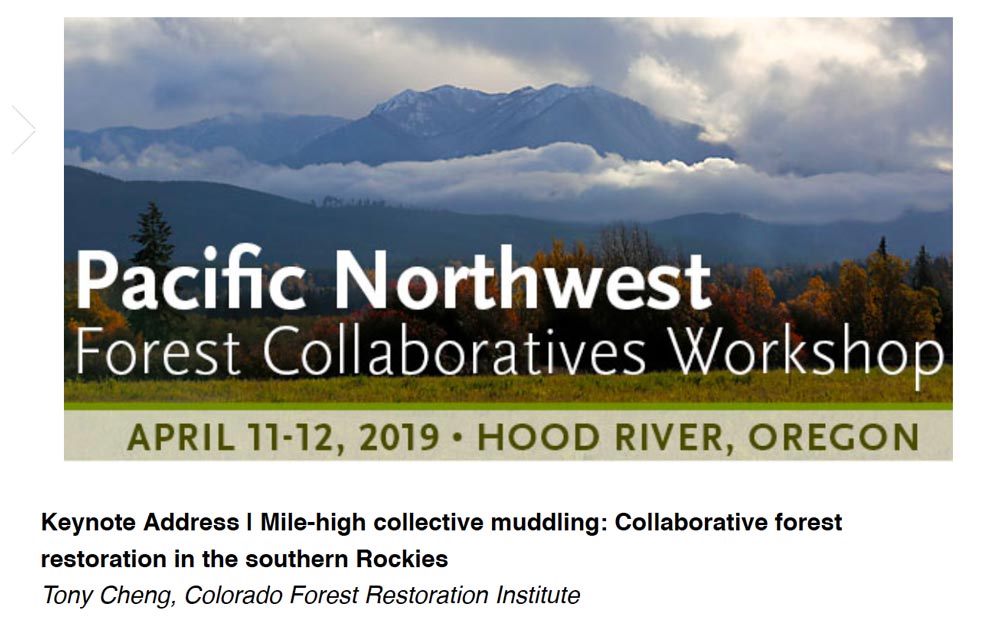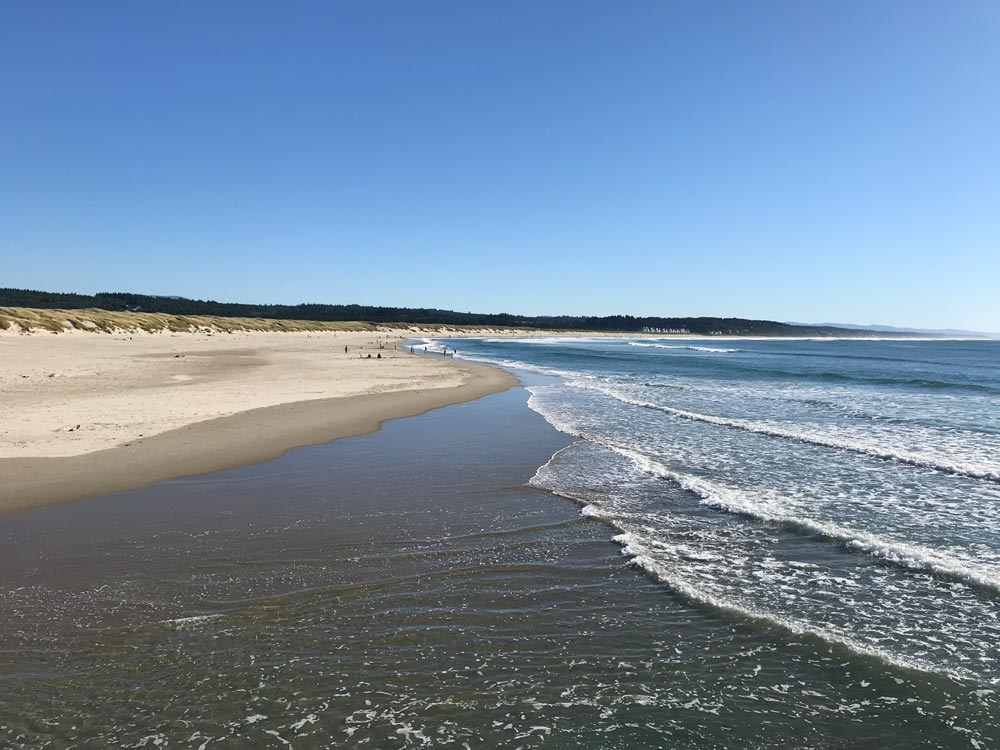
By: Tony Cheng
Throughout my academic career I have sought to understand the emergence and evolution of processes through which natural resource managers and stakeholders address the complexities, conflicts, and uncertainties associated with forest ecosystem management.
In the early 1990s, several pioneering grass-roots and community-based collaborative approaches emerged in Oregon. These responded to the aftermath of incredibly intense legal, political, and social conflicts over protecting the northern spotted owl from intensive timber harvesting on national forest lands. Collaboration was “the process of last resort” for many involved in these battles.
Since that time, Oregon has continued to be a state where so-called “place-based” collaborative approaches have been pioneered to address land and resource challenges, from restoring watershed functioning to mitigating the risk of unwanted fires across landownerships.
I decided to spend my sabbatical year in Corvallis, Oregon with my family. I completed my Ph.D. at Oregon State University 20 years ago. I wanted to explore how collaboration has evolved in that area and work with colleagues at Oregon State University and the University of Oregon to research this topic.
I was particularly interested in studying the ways in which scientific knowledge is developed, integrated, and utilized in multi-stakeholder, place-based collaborative forest restoration and fire risk mitigation efforts in Oregon. This is in large part due to my role as director of the Colorado Forest Restoration Institute (CFRI) in the Forest and Rangeland Stewardship department. CFRI is a “boundary-spanning” organization that bridges science resources and collaborative processes to develop, synthesize, and apply locally-relevant actionable knowledge to address forest restoration and wildfire risk challenges in Colorado and the Interior West.


One major benefit I observed about the political environment in Oregon (and in Washington) was the support available for place-based forest collaboration. Legislatures for both states enacted grant programs to fund both collaborative capacity building and on-the-ground projects. Collaborative capacity refers to the skills, resources, and knowledge needed to recruit and retain a diverse range of stakeholders to work through differences, identify common goals, and mobilize resources for shared implementation of activities to achieve those goals. The place-based collaborative groups in both states have successfully mobilized as a political force to get these programs established. This is far more robust than in southern Rocky Mountain states.
In Colorado, there are programs to fund on-the-ground projects, but no official programs in place to support collaborative capacity. This capacity is essential to develop and sustain before getting to the actual ground work. Because collaborative forestry groups in Oregon have this foundation, they have a more durable impact across the landscape over time. I think Colorado has the building blocks for policy changes that support collaborative capacity for forest restoration and wildfire risk mitigation, but it will require a multi-year process.
One area in which Colorado is surging ahead of its fellow western states is in conducting monitoring and adaptive management of collaboratively-developed forest management projects. CFRI has been a key player in this, but there are also many agencies and organizations that have supported, and benefitted from, monitoring and adaptive management. This is a topic for which I spent a lot of time speaking with people in Oregon and Washington to develop and sustain.
Aside from interacting with many collaborative forestry groups and managers from federal and state forestry agencies, my family and I have enjoyed exploring the amazing natural wonders of Oregon and the Pacific Northwest. The one thing Oregon has that is missing in Colorado is the Pacific Ocean! The Oregon coast is spectacular, unique, and, as a result of the foresight from elected officials nearly 50 years ago, is publicly accessible for nearly its entire extent.
